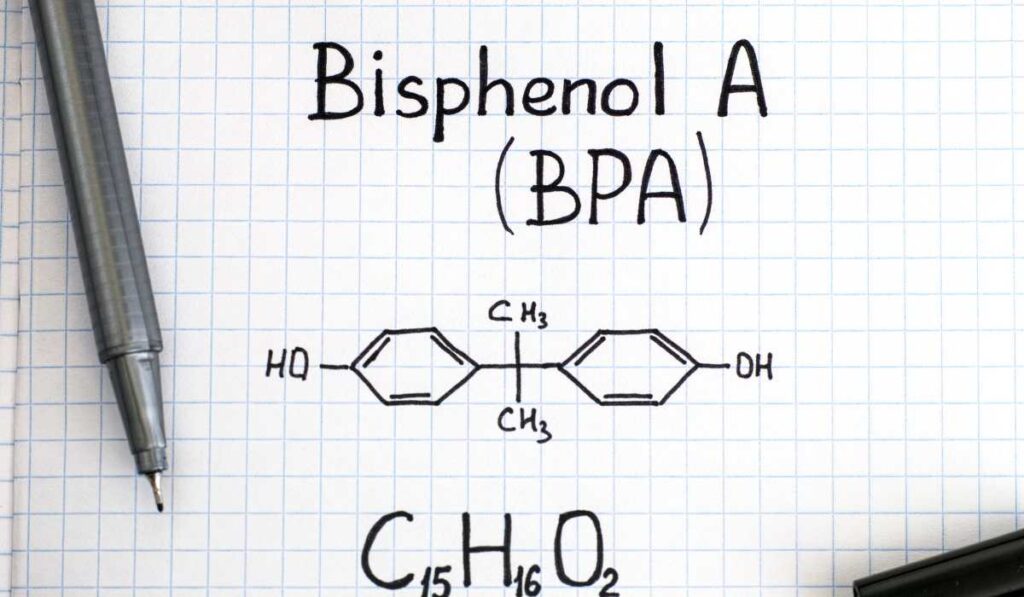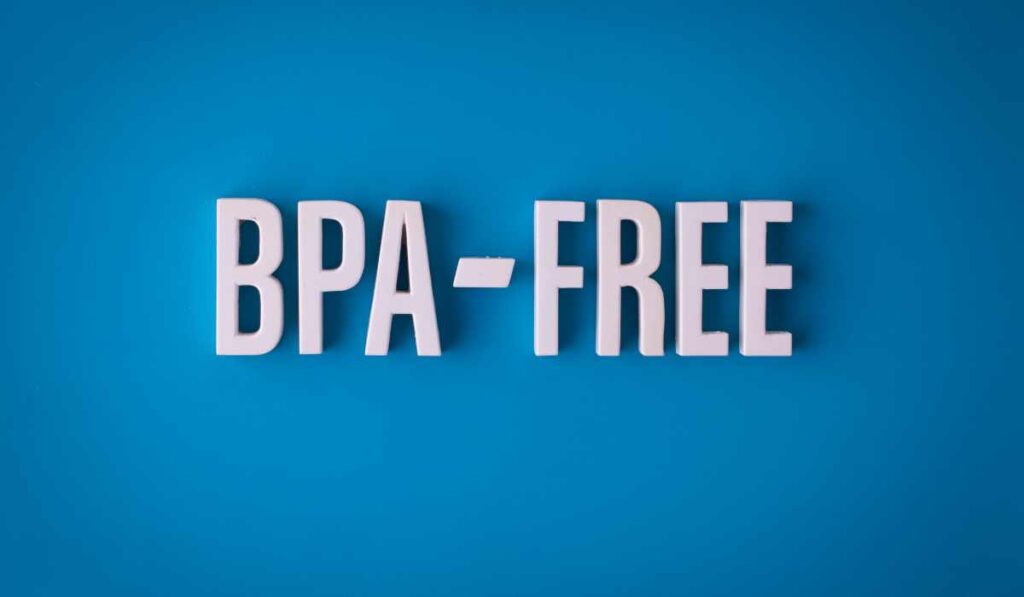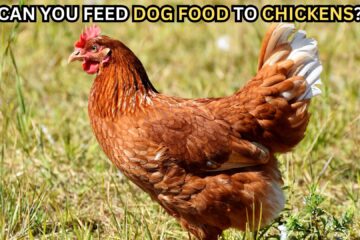In recent years, the safety of pet food packaging has garnered significant attention, particularly concerning the use of Bisphenol A (BPA) in plastics.
BPA, a chemical used in the production of certain plastics and resins, has been linked to health issues in both humans and animals, including hormonal disruptions and potential fertility problems.
As a result, pet owners and industry stakeholders are increasingly concerned about the implications of packaging materials on pet health.
BPA in Pet Food Packaging
Canned pet foods, commonly packaged in steel or aluminum, are among the most likely sources of BPA exposure for pets. These cans require a lining material to prevent interaction between the metal and the food’s acids and enzymes.
Historically, BPA-based epoxy resin liners have been the standard choice for their reliability in preventing foodborne illnesses and maintaining the integrity of the can. However, studies have shown that BPA can leach into the food, raising concerns about its safety for pet consumption.
Despite efforts to find alternatives, such as vinyl, acrylic, polyester, and oleoresins, none have yet matched BPA’s effectiveness without introducing other issues like odor, taste, or reduced shelf life.

Alternatives to BPA Packaging
Fortunately, there are safer packaging options available that minimize the risk of chemical leaching. These include:
- Biofilms: Made from non-genetically modified corn, biofilms are an eco-friendly alternative to conventional plastics and are increasingly used in pet food packaging.
- Glass: Known for its cleanliness and infinite recyclability, glass is a safe option for pet food packaging. However, its weight and fragility can be practical drawbacks.
- Tin, Steel, and Aluminum: While these materials are highly recyclable, their protective coatings may raise safety concerns. Recent advancements in coating technology have made these options safer.
- Paper and Cardboard: Both are eco-friendly and recyclable, but they require coatings or liners for product protection, which could potentially introduce harmful chemicals.
Consumer Awareness and Choices
Pet owners are advised to be vigilant about the packaging of the pet foods they purchase. Labels indicating “eco-friendly packaging” and “BPA-free container” are signs of safer choices.
Moreover, companies like Ollie Dog Food are setting examples by using BPA-free and safe packaging for their products, thereby addressing consumer concerns about pet health and environmental impact.

Ollie Dog Food: Leading the Pack in Safe, Sustainable Pet Food Packaging Beyond BPA-Free Solutions
Ollie Dog Food stands as a noteworthy example in the pet food industry for its commitment to safe and environmentally friendly packaging, extending beyond just being BPA-free. Their approach to packaging reflects a broader consciousness towards pet health and environmental impact.
By utilizing high-quality materials that ensure the freshness and integrity of their pet food, Ollie also addresses concerns of contamination and spoilage. This dedication to safety is coupled with an effort to be eco-friendly, aligning with the increasing demand from pet owners for sustainable practices.
Ollie’s packaging choices, therefore, not only ensure the safety and health of pets but also contribute positively to environmental sustainability efforts. Their approach serves as a model for other companies in the industry, highlighting the importance of responsible packaging in the realm of pet food.

Sustainability in Pet Food Packaging
Sustainability is another crucial factor in pet food packaging. Many pet owners seek out products that are not only safe for their pets but also environmentally responsible.
Flexible packaging, often used in pet foods, has been lauded for increasing manufacturing efficiencies and reducing carbon emissions, water, and fossil fuel usage.
The Role of Regulatory Bodies and Industry
Regulatory bodies like the FDA play a crucial role in overseeing the safety of pet food packaging. Continuous research and development within the industry are vital to finding safer, more sustainable packaging solutions.
The involvement of companies in seeking alternative materials demonstrates a commitment to both pet health and environmental sustainability.
Conclusion
The safety of pet food packaging is a multi-faceted issue that encompasses pet health, environmental sustainability, and industry responsibility.
While challenges remain in finding ideal alternatives to BPA and other potentially harmful materials, progress is being made. As consumers become more aware and demand safer, eco-friendly options, the industry is responding with innovative solutions that prioritize the well-being of pets and the planet.
Read also:



0 Comments